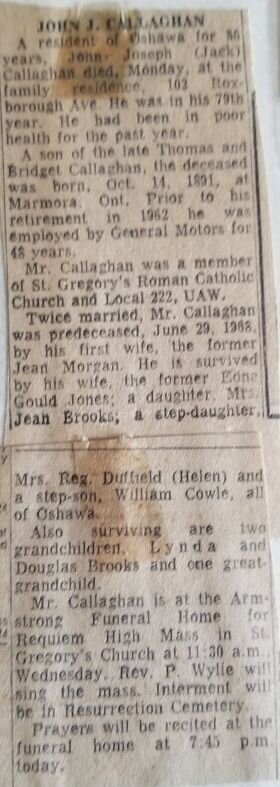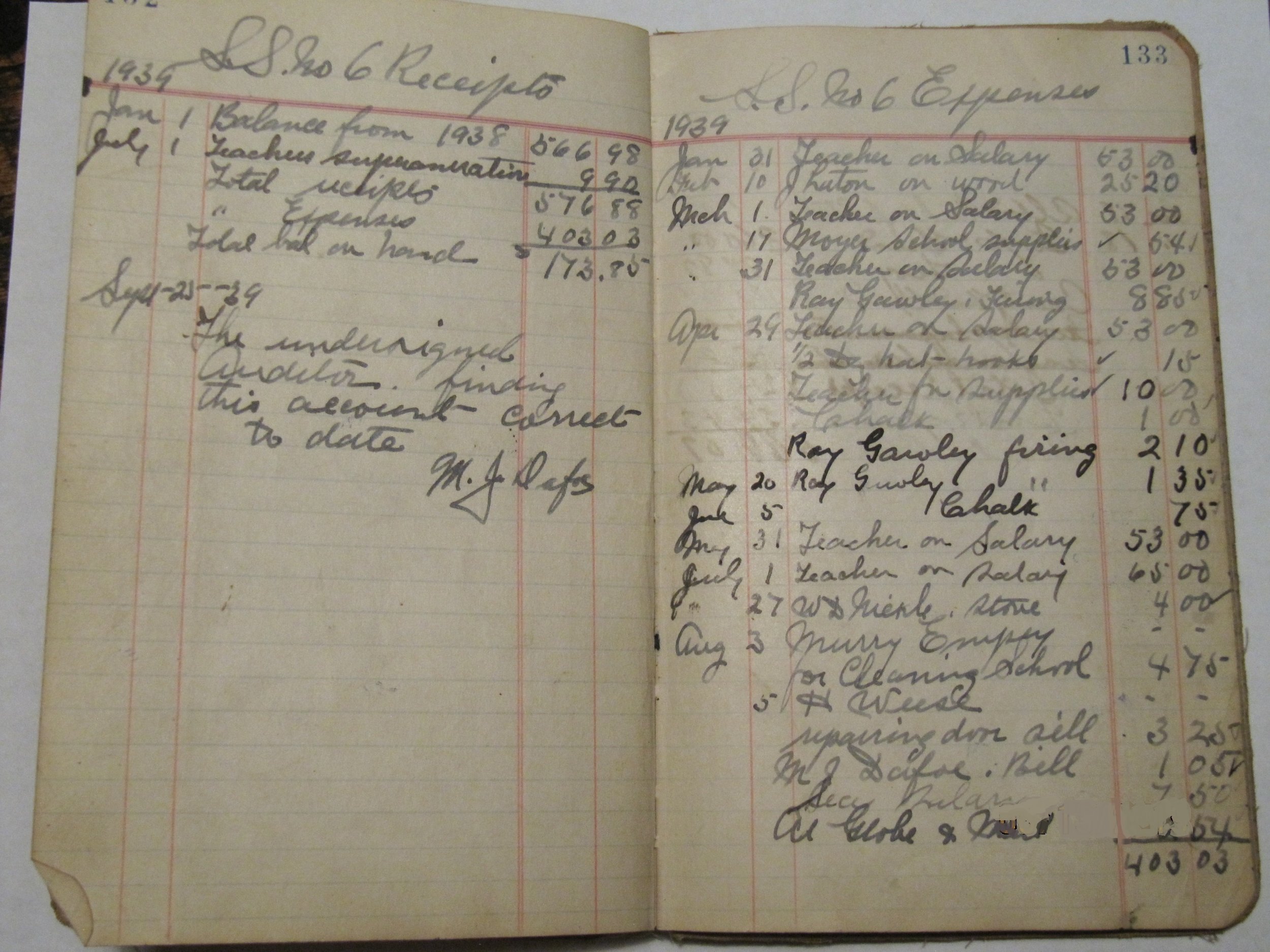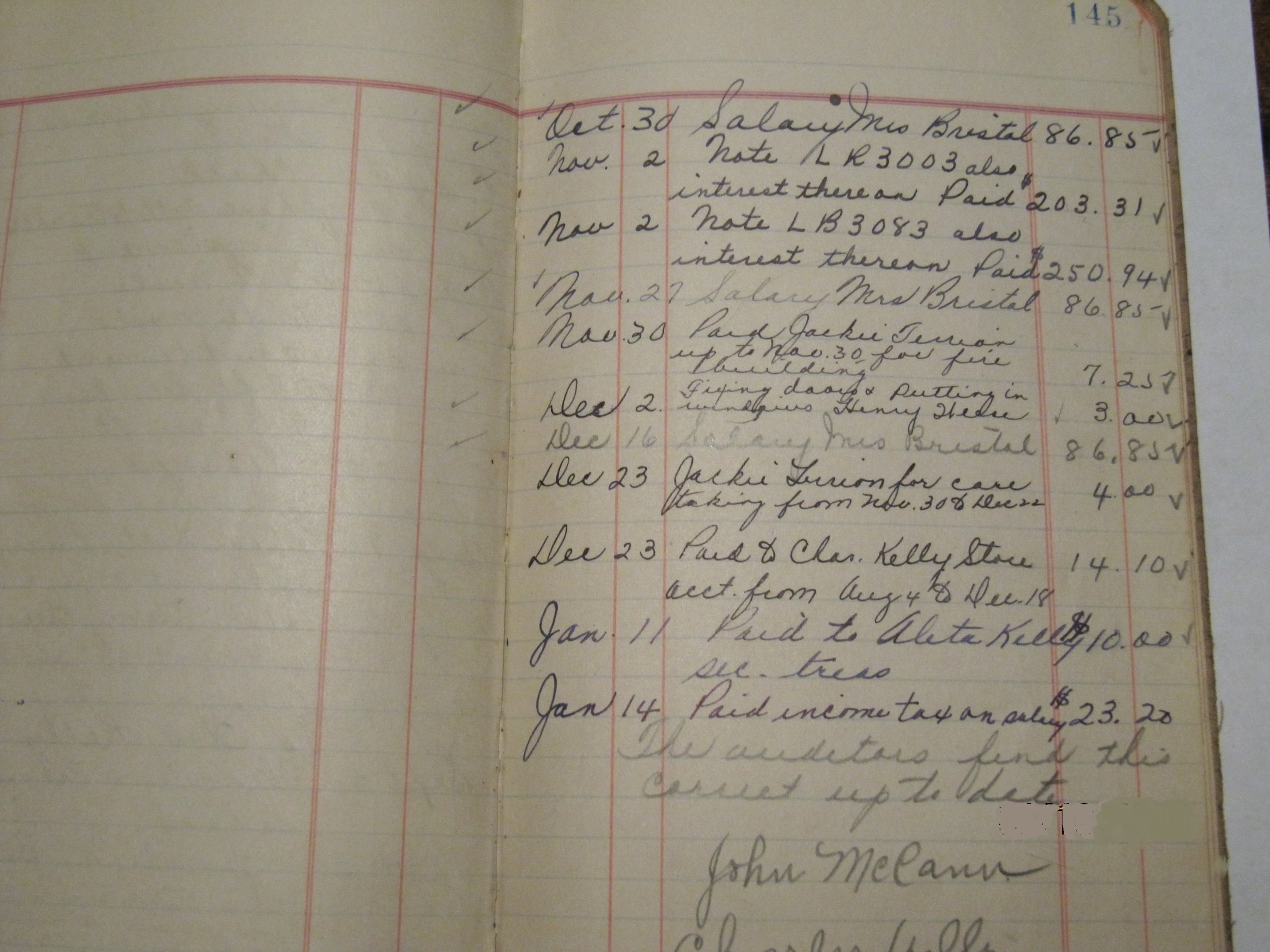"A SAW BY ANY OTHER NAME......"
/By Wayne VanVolkenburg
In the 1950's, sawmill slab wood was a common, inexpensive, source of heat. Once delivered to your yard, you could cut it on a sawhorse, with a buck saw, or pay to have someone with a circular “buzz saw” do the job for you. I'm sure that Ralph Nader, who attacked the auto industry with his book “Unsafe at any speed,” would have had a field day dissecting this piece of equipment.
George Pressick serviced the village with one of these mounted on his tractor, and powered by a belt to the power take off. Unfortunately, his son Glen had his hand severely injured, and later amputated, while using this piece of equipment. Glen, with the help of an artificial hand, went on to become one of the “The Men of Steel.”
Dearbourn buzz saw
Farmall circular saw
I believe Stewart Barrons owned the one in our community. He would move from farm to farm, along with farmers and every one's cord wood would be cut to stove length in short order. I can still hear the sound traveling across the landscape, zing, zing, zing with every cut that. —-Ronald Barrons
Everet Gray's father had one also….. —- Leo Provost
Pretty sure dad used one of these to chop the wood that we burned in the winter — — Jennifer Speiran
For more on lumbering, CLICK HERE
the vintage buck saw
The modern Bow saw





















































































